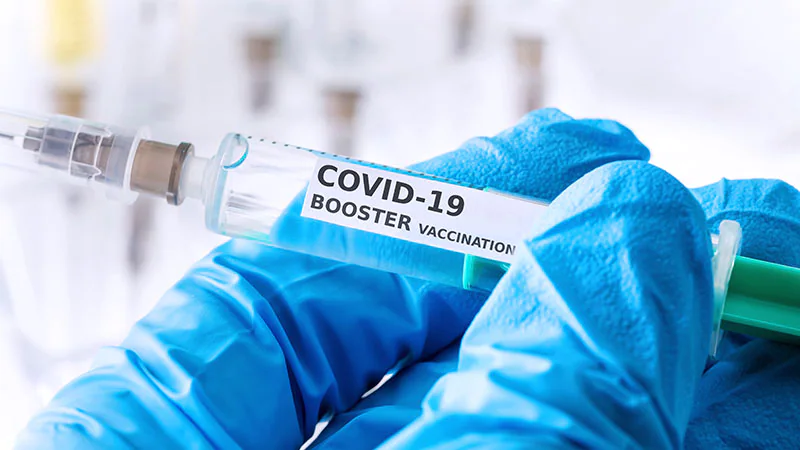
By Johannes Marisa MANY people have put thoughts about COVID-19 aside because of the declining numbers of cases and mortality.
The virus gave many people a torrid time as prominent people succumbed. A lot of resources were used in the fight against COVID-19, and the global health order was altered significantly. Masks were introduced, social distancing was put in place and extra hygiene was introduced in the form of sanitisation and careful hand-washing.
Zimbabwe stood firm to mitigate the heinous virus, while measures to contain the virus were followed. The healthcare workers were diligent and resilient throughout all the previous four waves. In Italy, statues were erected in honour of the dedicated medical staff. Indeed, the prophets of doom had their misguided postulations of unprecedented mortality in our country, but alas, no such eventualities came. Zimbabwe officially lost about 5 500 people, although the number could be double because of poor data collection, transference and reporting.
Recently, South African scientists detected two new sub-variants of the highly contagious Omicron variant, BA.4 and BA.5, which have also been identified in Botswana, Belgium, Germany, Denmark and the United Kingdom. The information available at the moment does not show a major spike in cases, admissions or deaths. The major worrisome characteristic of the sub-variants is the constellation of mutations and that is why the World Health Organisation has put the mutant strains on the radar.
Serious monitoring is required at this time, when many people have become complacent about COVID-19 containment measures. It is everyone’s prayer that the new strains do not cause a medical ballyhoo worse than the delta, kappa and beta stains that caused incalculable suffering.
It is Easter in Zimbabwe and Christians are celebrating the crucifixion and resurrection of Jesus Christ. There are massive gatherings that have already been planned. The wearing of masks has been chastised by many conspiracy theorists and social distancing is a taboo for such activities. We should, however, remain vigilant and remember that COVID-19 is still there, only that the numbers are on the decline. People should not confuse the end of a disease with the tail end of a wave.
The country is merely coming from a fourth wave that was dominated by the less virulent Omicron variant, so the direction that the global health spear will face may not be known today or tomorrow. It is, therefore, wise to continue following events on the ground and if there are suspected COVID-19 cases, they ought to be reported as a matter of urgency. Many people, however, have developed immunity from the previous COVID-19 attacks, hence the protection that is enjoyed today.
The Government of Zimbabwe has excess vaccines at the moment, yet only 24,2% of the eligible population is fully vaccinated, with only 4,7% having received the booster shots.
- Chamisa under fire over US$120K donation
- Mavhunga puts DeMbare into Chibuku quarterfinals
- Pension funds bet on Cabora Bassa oilfields
- Councils defy govt fire tender directive
Keep Reading
It is my view that this is the time for citizens to get vaccinated so that at least 60% of the eligible population is protected, hence herd immunity. The good news is that all the available mutant strains of the monstrous virus seem to be sensitive to the available vaccines, which include Sinopharm, Sinovac, Sputnik V, Covaxin, Moderna, Johnson and Johnson, Astrazeneca and Pfizer. People are reminded that disinformation and misinformation are dangerous elements that can work against their health as conspiracists capitalise on that.
It is undeniable that vaccinations work, especially in pandemics like the 1957 Asian Flu pandemic when Maurice Hilleman made the H2N2 vaccine within the first four months of the outbreak.
About two million people lost their lives, but the outbreak was brought to an end. The 1968 Hong Kong flue was halted in a similar way when millions of people got vaccinated in a short time. The health delivery system should be ready at any time, and it would be an embarrassment if the country is caught unprepared. It is prudent that the health sector be capacitated, at least to some understandable level. The medical personnel should be adequate, unlike the current understaffing in public hospitals. Health worker morale is miserably low as inflation is wiping away the local currency salaries. Hospitals are poorly equipped, with some clinics running without the necessary drugs and ambulances. This is the time for government and the respective councils to capacitate such healthcare facilities.
Many people cannot afford private healthcare because of spiralling costs. Those on medical aid cover are also facing the same predicament as many service providers are rejecting their medical aid cards on the basis of none payments to providers. The wheel continues to go round and round with accusations and counter-accusations, but patients are being negatively affected.











